
CONDITIONS WE TREAT
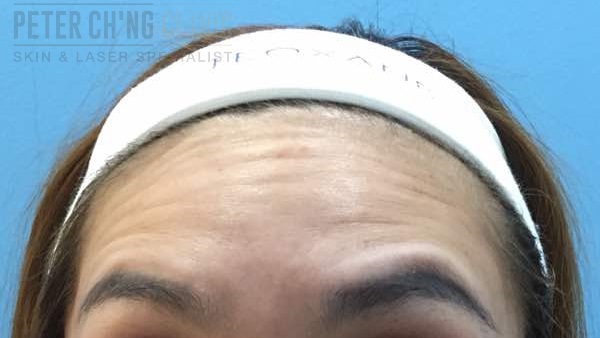
Wrinkles


Wrinkles are caused by the loss of moisture and the decreasing collagen production in our skin as we age. It is a natural aging sign but can be treated with the right treatments.
Treatment Options:
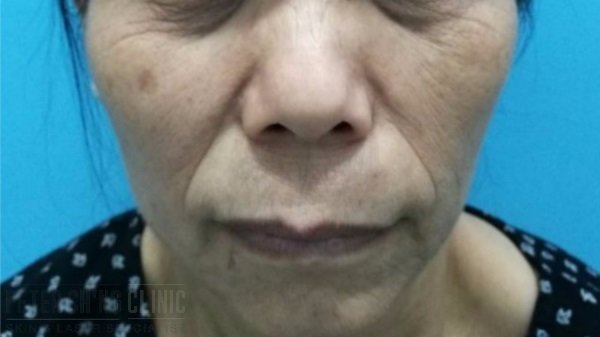
Sagging Skin (Face)

Sagging skin can be caused by genetics, skin damage from sunlight, lifestyle habits like smoking and alcohol consumption, and a lack of skin care. Of course, sagging skin can be treated with medical procedures and also anti-aging steps and efforts.
Treatment Options:
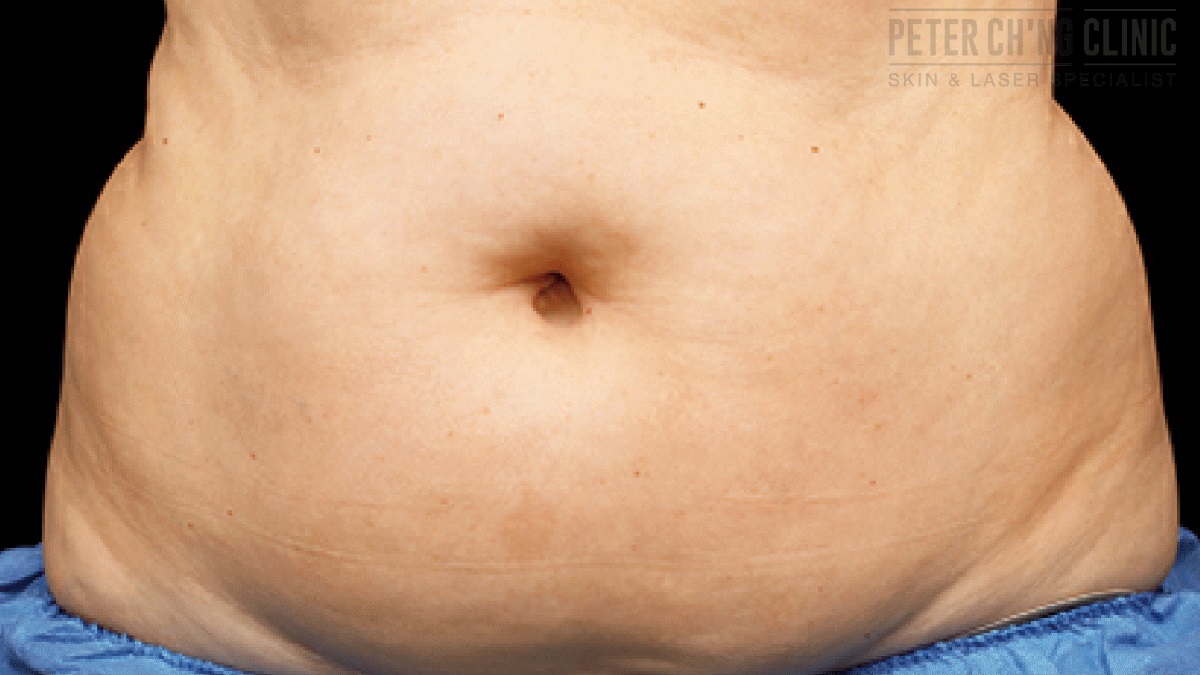
Sagging Skin (Body)






As we age, the collagen in our body is lost, causing loose skin on parts of our body. A sudden loss of weight within a short period of time can also lead to sagging skin on our arms, tummy, thighs, and buttocks. There are treatments available to help us get rid of sagging skin on our body. You can either opt for a skin tightening treatment, or a body contouring treatment.
Treatment Options:
Excessive Body Fats and Cellulites







Not all body fats can be lost through diet and exercise alone. These stubborn body fats that refuses to go away are usually subcutaneous fats, which are storage fats. Some common areas where you would find stubborn fat are your tummy, thighs, underarms, or your chin (double chin). Consequently, you may have cellulites, the uneven dimpled skin found on these body parts with high fat content. Cellulites are difficult to be treated without proper medical treatments.
Treatment Options:
Dark Circles and Eye Bags


Dark circles under the eyes are caused by the darkened tissues and blood vessels beneath the skin at the eye area, and is usually a sign of lack of sleep. But eye bags, on the other hand, appear when the tissues and muscles around your eyes weaken and loosen due to skin aging. Topical cream are usually only effective in preventing eye bags, but if you already have eye bags, proper medical treatments are needed to get rid of them.
Treatment Options:

Moles, Birthmarks and Tattoo

Not all birthmarks and moles are formed at birth. Some develop them at birth, and others develop them only later in life. Effective treatment options depend on the type of birhtmarks and moles present on your skin. Tattoo inks are inked into the middle layer of our skin. So any DIY methods to remove the tattoo wouldn't be effective and may cause scarring. The safest and most effecive solution is a proper medical procedure.
Treatment Options:
Uneven Skin Tone and Dull Skin


Sometimes, our skin can have patches or parts with different colour tones due to exposure to harmful UV rays, smoking, stress or hormonal changes. Dull skin can be a result of pigmentation or skin damages due to sun exposure too.
Treatment Options:
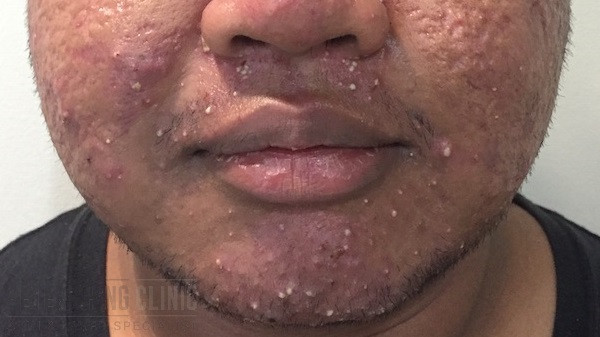
Acne and Acne Scars



Depending on your skin type, the type of acne or pimple you have can be different. And if not treated well, these acne may lead to acne scars. Acne and acne scars are usually long term problems, and requires regular management and maintenance during the recovery period.
Treatment Options:
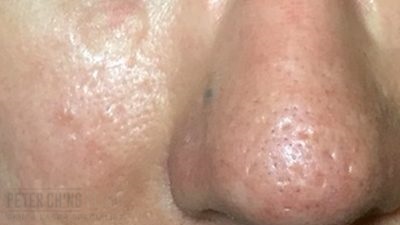
Large Pores and Oily Skin

The main factor of oily skin and large pores is due to the sebaceous glands under our skin, which are like the oil factories under the skin. These glands can be found on our face, chest, and upper back. These can be caused by genetics, hormones, and skin conditions. To treat oily skin and large pores, we need to manage our skin from cleansing, oral treatments, and physical treatments like laser and microdermabrasion.
Treatment Options:
Pigmentation, Age Spots, Melasma


There are different types of pigmentation that can form on our skin, including age spots and melasma. These are usually caused by one big culprit - UV rays from excessive sunlight exposure. However, with the right treatment, pigmentation on the skin can be treated.
Treatment Options:
Stretch Marks


Stretch marks appear due to a breakage in the middle layer of our skin, usually due to sudden weight gains or sudden growths. These can also be influenced by hormones and certain medications. Stretch marks can appear anywhere where the skin has been stretched, but they usually affect areas where fat is stored, such as the tummy, breasts, upper arms, buttocks, thighs and shoulders. To treat these skin conditions, laser treatments are usually used.
Treatment Options:

Hair Loss

Hair loss is a common problem for both men and women, and can be caused by aging, genetics, diet, hormones, or skin infections and medications. However, there are indeed treatments for hair loss. And unlike any treatments, dermatological treatments give you safe and effective solutions.
Treatment Options:
Warts and Skin Tags

Warts and skin tags are growths on our skin that can be either caused by virus or seborrhoeic (benign skin growths due to genetics and aging). You shouldn't try to remove warts and skin tags on your own as this may cause injuries or infections. There are proper dermalogical solutions for these conditions.
Treatment Options:

Vitiligo

Unlike other skin conditions, vitiligo is the depigmentation of the skin - there are no pigments, so we are left with pale, white skin. Vitiligo is an autoimmune disease. This means that our own immune system, for some reasons, killed our own pigment cells in our skin. How to treat vitiligo depends on the severity and the skin area where vitiligo is present.
Treatment Options:

Scars and Keloids

Scars and keloids are caused by an overgrowth of tissues that usually develops during our skin healing process. They are usually red or purple in colour and have the appearance of a raised scar.
Treatment Options:
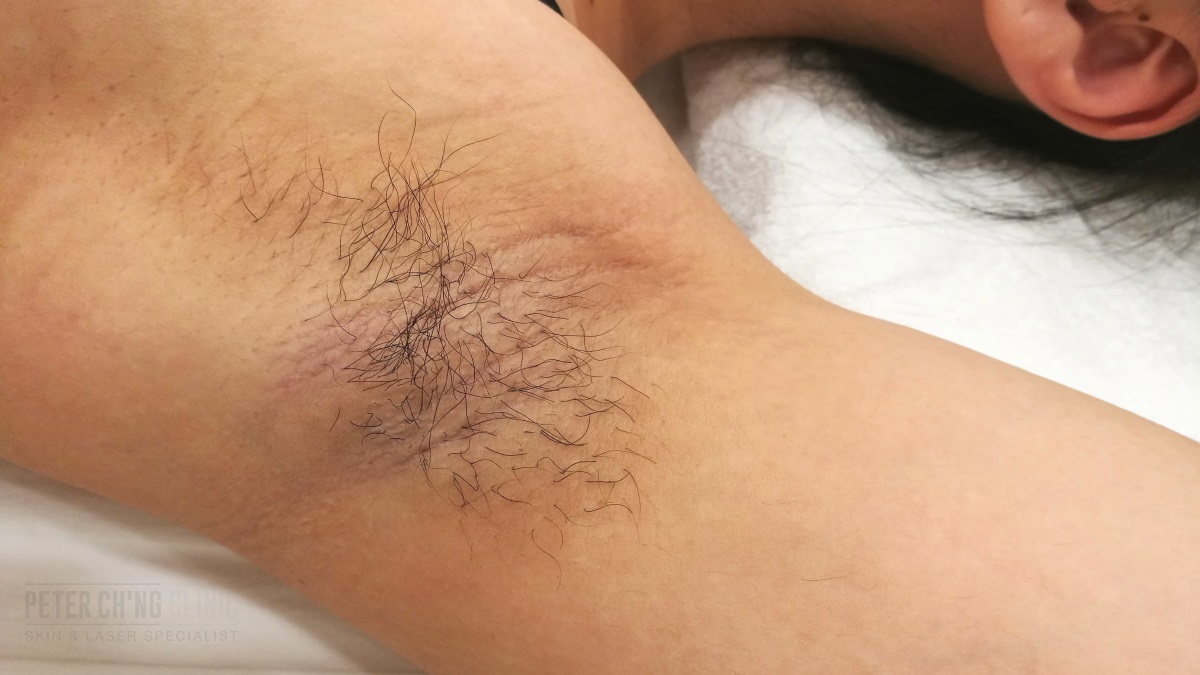
Body Hair





It is common to want to have body hair removed permanently. Laser energy targets hair follicles to prevent regrowth. Cutera Xeo laser hair removal is optimized for efficient and safe hair removal. It is suitable for all skin types including darker skin.
Treatment Options:

Eczema

Eczema is a chronic skin condition that occurs due to skin hypersensitivity reaction, producing red, inflamed, peeling, cracked, blistered or pus-filled skin. It can be caused by contact with allergic substances or genetic.
Treatment Options:
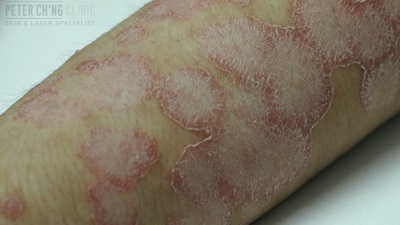
Psoriasis

In a normal skin, superficial skin is being shed off as fast as the new ones are forming. In psoriasis, the new cells grow too fast and that is why the skin is thick and scaly. Psoriasis is a skin condition whereby the immune system sends wrong signals to the cells to grow. Some patients may have family history of psoriasis.
Treatment Options:
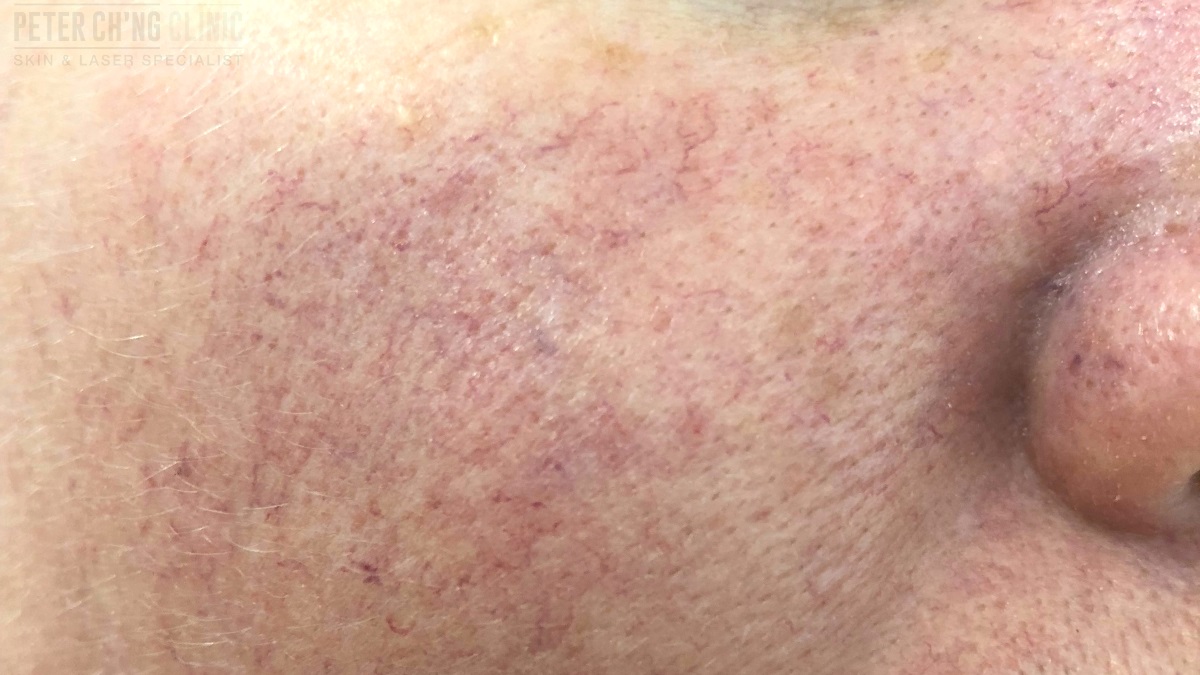
Rosacea



Rosacea is a chronic inflammatory skin condition that appears in red rashes with small, pus-filled bumps on the face. Rosacea may get worse over time if left untreated, and usually comes and goes in cycles.
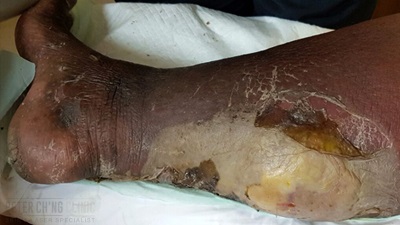
Skin Diseases and Cancers

Skin infection ranges from bacteria, fungus, virus to parasite. Skin cancer is more accurately differentiated from benign tumour using a dermatoscope. If the tumour looks suspicious, skin biopsy or complete excision of the tumour can be done.
Treatment Options:

Sexually Transmitted Diseases (STD)


Sexually Transmitted Infections, also known as Sexually Transmitted Diseases or Venereal Disease are infections spread commonly spread through sex. Other modes of infection include infection during pregnancy and delivery spread to newborn and non-sexual contact with contaminated blood or tissues.
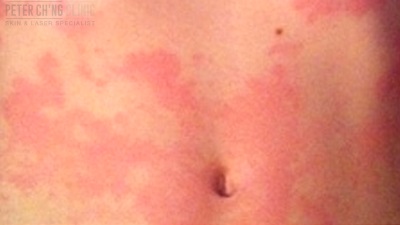
Urticaria





Urticaria is a skin allergy whereby it presents as itchy wheals. Causes depend on age of patient and duration of the condition.
